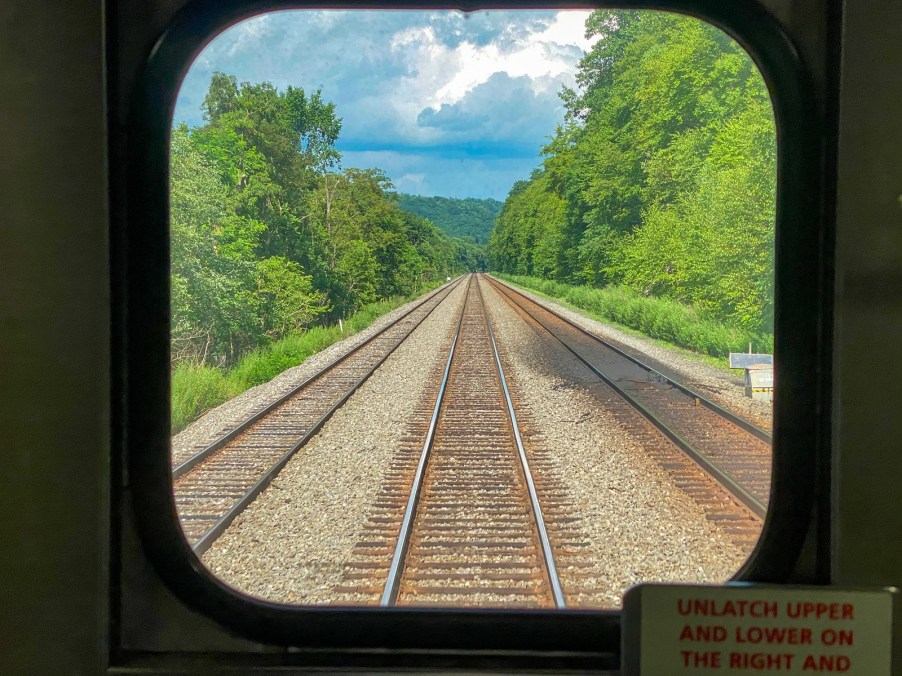
The Great American Rail-Trail is 55% complete. So, what is it?
Imagine being able to walk or bike across the country without sharing the road with a single car. In 2019, the Rails to Trails Conservancy launched a huge initiative to convert and connect retired railroad corridors to existing multi-use trails. David Burwell, the group’s co-founder, best summarizes the end goal: “One day, you could go across this entire country…on flat, wide, off-road paths. I want rail-trails to be ‘America’s Main Street.’”
Burwell campaigned for railroad corridor repurposing decades ago. The Transcontinental Railroad ceremoniously launched via its final “Golden Stake” installation in May 1869. More than 100 years later, many corridors across the country became abandoned without official purpose. In 1983, Congress amended the National Trails System Act to include railbanking. The railbanking statute established standard agreement terms between railroad companies and parties interested in trail use. It granted the ability for these corridors to be preserved and converted to alternative “roads” while maintaining the right to revert them back for rail use at a future date.
The Great American Rail-Trail’s vision involves refashioning abandoned rail corridors as wide, nonmotorized paths. The group also works to connect these paths to established multi-use trails maintained either by state or local parties. In fact, 125 trails were already open and in use. The final, complete trail will feature 3,700 miles of continuous pathway from one end to the other.
Since railbanking is at play here, trails that fall under that specific category can’t have any permanent structures. For instance, a railroad bridge might have the rails removed and wooden features installed to make it safe and enjoyable for humans to cross. However, you must be able to remove any features so that you can easily reinstall railroad tracks.
Now, five years into the massive Great American Rail-Trail project, the plan is 55% complete. The group reports that the 12 states involved have been highly cooperative in identifying and reserving areas for trail connections. In Washington, D.C., and Maryland, the trail is 100% complete.
The trail starts at the steps of the U.S. Capital building. Since the route picks up existing trails, many other states have paths that are almost completely connected. This includes Pennsylvania (94%), Ohio (70%), Illinois (86%), Idaho (88%), and Washington (75%).
I suspect the Great American Rail-Trail will become an iconic bucket-list hike or bike ride for folks from around the world to travel across, similar to the PCT or Appalachian Trail.



